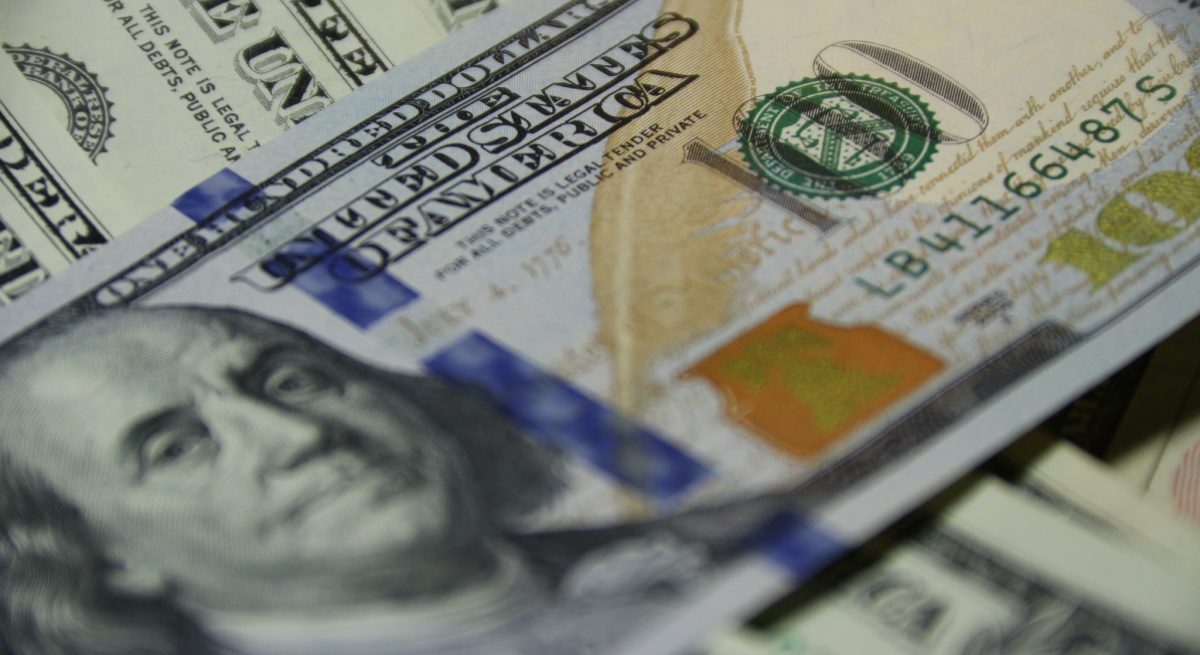How Restaurants Can Overcome any Potential Cash Flow Issues from COVID-19
3 Min Read By Farhan Ahmad
It’s no secret that the restaurant industry is feeling the catastrophic impacts of the COVID-19 pandemic. As the crisis continues, restaurants need to evolve their business operations to keep running and make long-term plans to keep cash coming in. Fortunately, there are simple steps restaurants can take to prepare for a few other economic impacts to their bottom line in the weeks ahead.
Since we don't know how long this crisis will last, the first thing restaurants need to do is take a 360-degree look at their cash flow. It's always advisable to have some cash aside to ride out a month or so of bad business, but in these volatile times, restaurants should look at creating a bigger 'emergency cash fund' in case the slow down gets extended past a month or two, if possible.
Pick a day to hunker down and focus on eliminating unnecessary expenditures. Don't wait to look where you can cut costs any longer- look in every single pocket you can to start expanding an emergency fund so you can double or triple the reserve you have. Can you temporarily simplify your menu to cut down on ingredient purchases? Can you reach out to your vendors to see if they’re lowering any costs right now?
Build a process to measure and be aware of where every single dollar in your business is going. It’s a good practice for the good times, too, but right now it’s absolutely essential.
Additionally, if your business has a line of credit somewhere, now is the time to activate it. As we get further into this pandemic, there’s a chance your line of credit may be pulled and not available to you. So, if you have a line open, get the money. Protect it. Funds from the government’s Payroll Protection Program may not arrive right away, so you want cash in the meantime.
To keep a steady flow of customers ordering from your restaurant, ensure you have a plan in place to communicate the ways that your business is taking precautions to keep food and deliveries safe. Post about the new practices you’re putting into place to ensure no-touch deliveries, describe your kitchen sanitization process or explain why you’ve eliminated cash transitions to limit person-to-person contact. Don’t be shy about oversharing your food safety messaging to your customer base.
While you’re evaluating your business’ cash flow, it’s also a good time to think of ways you can help your employees with theirs, especially as delivery drivers have transitioned into front-line coronavirus workers.
If you use methods of direct communication like email marketing, reach out to your customer base to remind them that every tip makes a difference. Consumers in this environment are looking for ways to help their local business ideas, so ask them directly for their support.
Lastly, reach out to anyone else who could be a customer in your community. Think of creative ways to say you’re there for them now. For example, you could offer new clients a special first-time order deal, like 10 percent of their first purchase and 20 percent off their second. People are isolated right now and are looking for new experiences to try while stuck at home.
The restaurant industry has a long road to recovery and reopening, which is why small restaurant entrepreneurs need to start financially preparing now for the journey ahead. Unfortunately, many of the small restaurants that close during this pandemic will never reopen again—it’s time to develop a twelve-month plan that shifts your business from growth mode to survival mode to ensure that your restaurant isn’t one of them.


